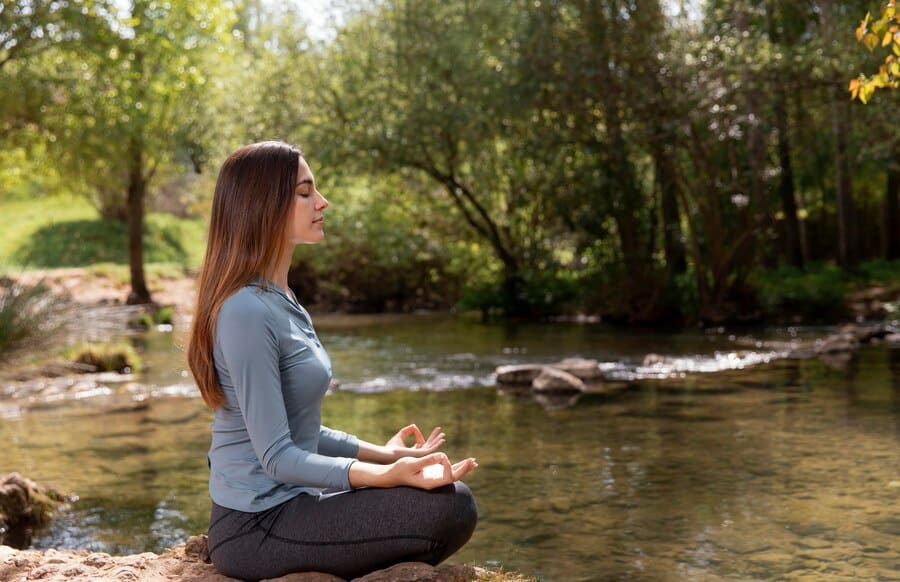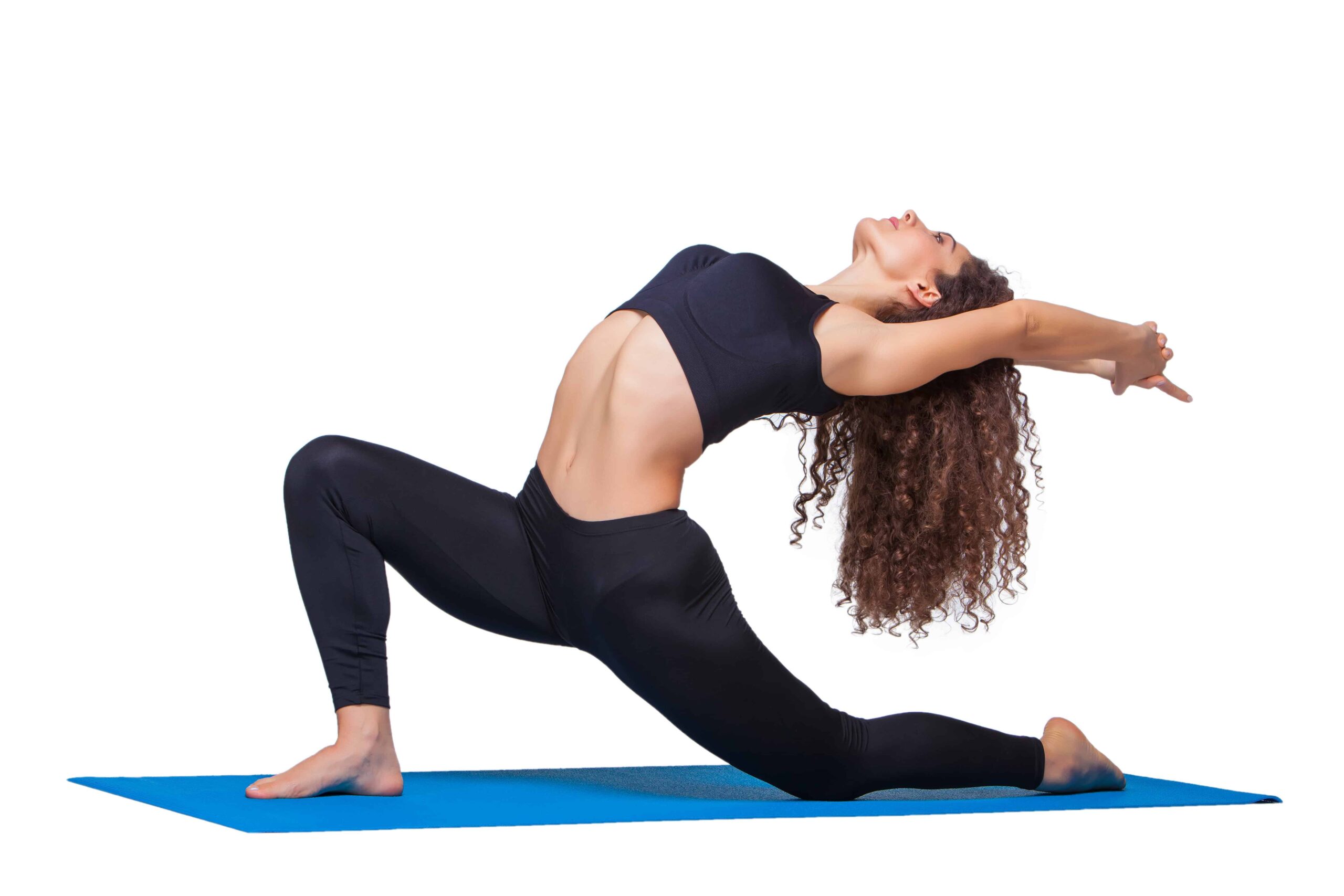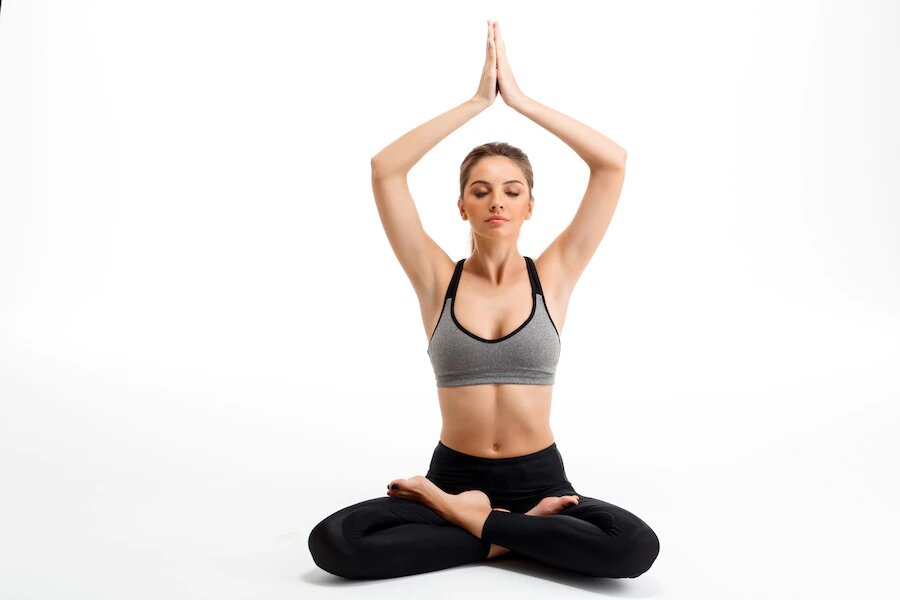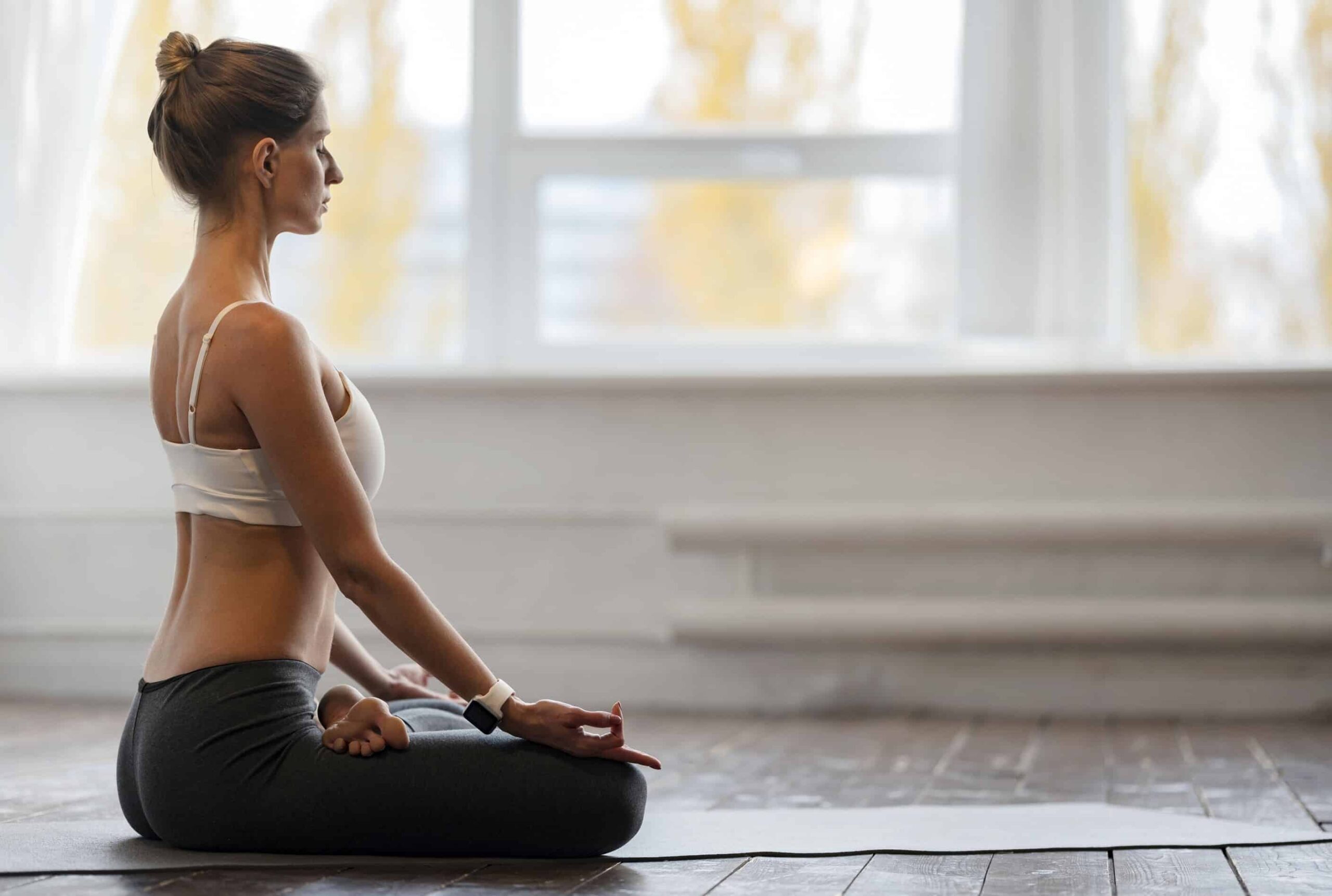Yin yoga is the anecdote to the stress of everyday life. So many in the West exist in a state of being wired and tired – with sympathetic nervous system arousal rampant. The practice of yin yoga has the power to renew our nervous system to a state of clarity and calm and our body to a state of spaciousness and mobility. The key to the practice – doing less. Yin yoga is passive in nature (although there is still a healthy stress being placed on tissues and joints) in that it uses time, gravity, and active relaxation to obtain depth in a pose. Through yin yoga, we embrace the subtle yet profound effects of stillness in surrender – creating more spaciousness in both our bodies and our lives.
Yin Yoga Teacher Training Bali to Help with Decisions
Yin yoga traces its roots to Taoist traditions, where the concepts of yin and yang are represented as opposing but complementary forces. Yang practices are dynamic and invigorating, while yin practices embrace a passive and yielding state of being. Yoga teacher training’s 100-hour yin yoga teacher training in Bali teaches these fundamental differences and how they show up in your life, mindset, and emotions. In yin yoga, asanas are held for more extended periods of time – generally, between three and five minutes, allowing gravity to take effect and deeper layers of fascia, or connective tissue, to be accessed.
The spine acts as a foundation for the body – it supports your body and allows you to move, twist, and walk. It is therefore really important to move the spine daily in all possible directions with forward folds, backbends, lateral extensions (sideways bend), and twists. Within the practice of yin yoga mobilizing the side body as part of your practice is profoundly beneficial – both physically and energetically.
Traditional Chinese Medicine
The side body refers to the lateral seams of the physical form. Included in the side body are the ribs, obliques, and intercostal muscles. Beyond the physical, Meridians, which are taught to be rivers of energy that flow through the body in Traditional Chinese Medicine, flow in this region. Mobilizing the side body is particularly essential as it is a range of movement that is often neglected in day-to-day life. Flexion, extension, and twisting are all movements of the spine that often occur organically in everyday life, whereas side body mobilization is scarcer. Through mobilizing the side body in yin yoga, there is a wide range of beneficial physical and energetic effects that are available to us.
By practicing asanas in yin yoga that mobilize the side body, there is the opportunity to extend and enhance your breath capacity. The side body plays a pivotal role in deepening our breath capacity. As we mobilize the intercostal muscles and open up the ribcage, we create more space for the lungs to expand. By increasing our lung mobility through mobilizing the intercostal muscles, we experience improved respiratory function, and therefore a greater influx of oxygen and energetically can create more space in our life. By receiving more oxygen with each breath, overall vitality and greater energy levels can be experienced.
Engaging in yin-style lateral stretches
Spinal range of motion can be improved by engaging in yin-style lateral stretches, countering the stagnating effects of many modern more sedentary lifestyles where most of our movements only include the flexion and extension of the spine. One main Meridian line that runs along the side body is the Gallbladder Meridian. The Gallbladder influences decision-making and helps us choose a course that is right for us. It also helps with digestion and works with its partner Meridian the Liver which is responsible for the smooth flow of energy throughout the body. Together they keep things moving not just physically but mentally and emotionally as well. If you are suffering from insomnia or are waking up in the middle of the night it can also be an imbalance in your Gallbladder Meridian.
The Gallbladder and Liver Meridians give us the courage and initiative to move ahead with life and not get stuck or stagnant. When you are feeling this way and not sure what to do next you can incorporate more lateral side bends into your yin yoga practice to help balance the Gallbladder Meridian. Mobilizing the side body Meridians through yin yoga postures improves energetic flow and instills a sense of balance and vitality. Embracing the importance of mobilizing the side body in your yin yoga practice opens the door to physical and energetic transformation by enriching our breath, increasing our mobility, and unlocking a greater sense of vitality.
100-hour yin yoga teacher training in Bali
A 100-hour yin yoga teacher training in Bali with Yoga teacher training will teach you the foundations of Traditional Chinese Medicine – including the Meridian system as well as the main 26 yin yoga poses, their variations, and their connection to organs and emotions.



